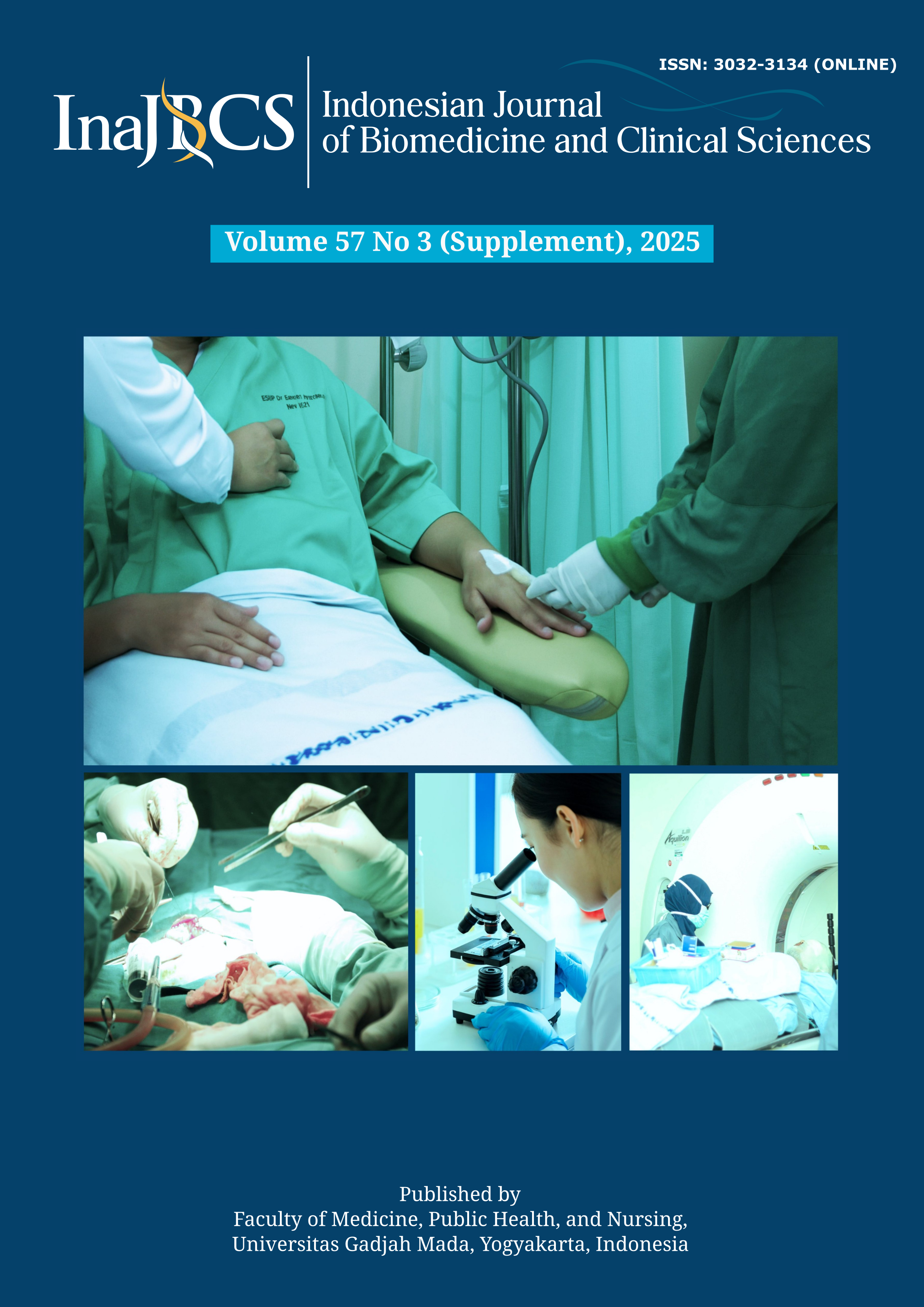Case report of refractory Hodgkin lymphoma with subsequent transformation to diffuse large B-cell lymphoma: A diagnostic and therapeutic challenge
Abstract
Hodgkin lymphoma (HL) and non-Hodgkin lymphoma (NHL) may present with overlapping clinical manifestations but are distinguished by histopathology and immunohistochemistry (IHC). We report a rare case of HL “transforming” into NHL, highlighting the importance of reassessing diagnosis in cases of treatment resistance or relapse. A 50-year-old Asian woman presented with abdominal bloating, fatigue, low-grade fever, unintentional weight loss, and night sweats. Contrast-enhanced abdominal CT scan revealed a 96×68×70 mm left abdominal mass with multiple para-aortic lymphadenopathies. Biopsy confirmed classical Hodgkin lymphoma (CHL), lymphocyte-rich type, stage IIB unfavorable. The patient underwent six cycles of adriamycin, bleomycin, vinblastine, and dacarbazine (ABVD), achieving complete response (CR). She relapsed six months later, confirmed by PET/CT as nodal recurrence of CHL. She was subsequently treated with Brentuximab Vedotin (BV) plus bendamustine for six cycles, achieving partial response (PR). BV monotherapy was continued for another six cycles, but disease progression ensued. Histopathological and IHC review revealed transformation into Diffuse Large B-cell Lymphoma (DLBCL), germinal center B-cell subtype. She then received six cycles of Ifosfamide, Carboplatin, Etoposide (ICE) chemotherapy and achieved CR. She is currently under surveillance. This case presents several essential diagnostic considerations. First, the possibility of initial misclassification as a composite lymphoma or gray zone lymphoma (GZL). Second, true histologic transformation during disease evolution. Finally, therapy-induced antigenic modulation, particularly from anti- CD30 agents such as BV, may affect IHC interpretation. Although the initial CHL diagnosis was supported by clinical response and IHC findings, the histologic changes demonstrate that lymphoma can evolve over time. In conclusion, this case highlights the importance of repeat biopsy and re-evaluating the diagnosis in relapsed or refractory lymphoma. A poor response or relapse following standard treatment should prompt histopathological reassessment, as the disease may evolve or reveal a different lymphoma subtype. Timely re-biopsy helps guide appropriate treatment decisions and improve outcomes.






